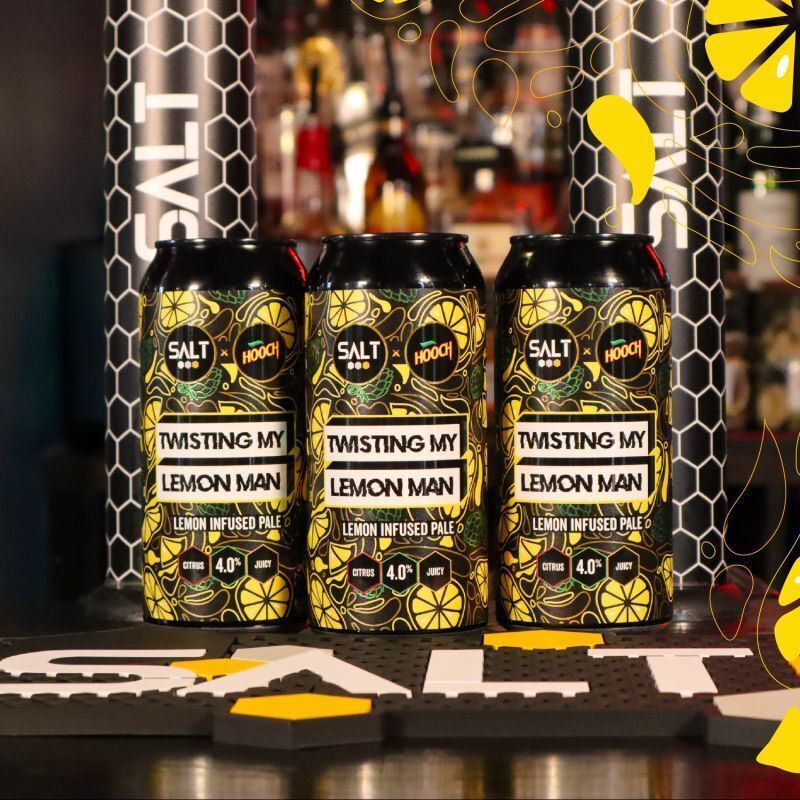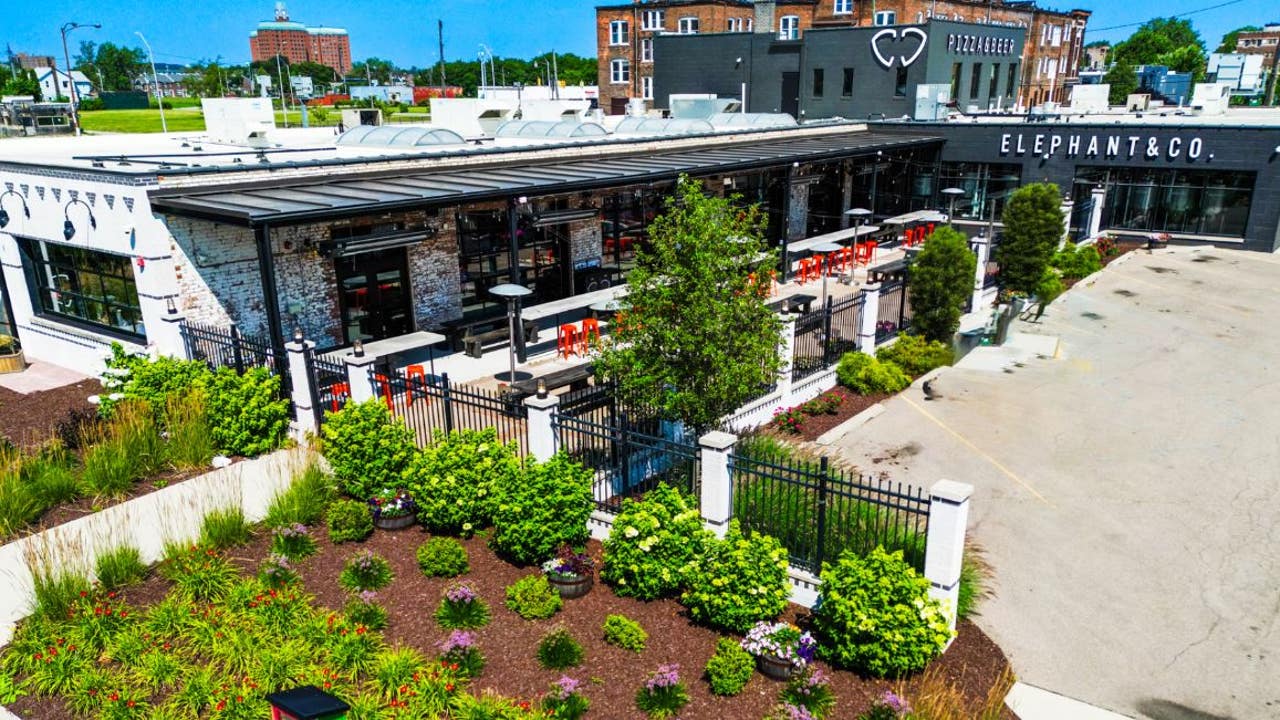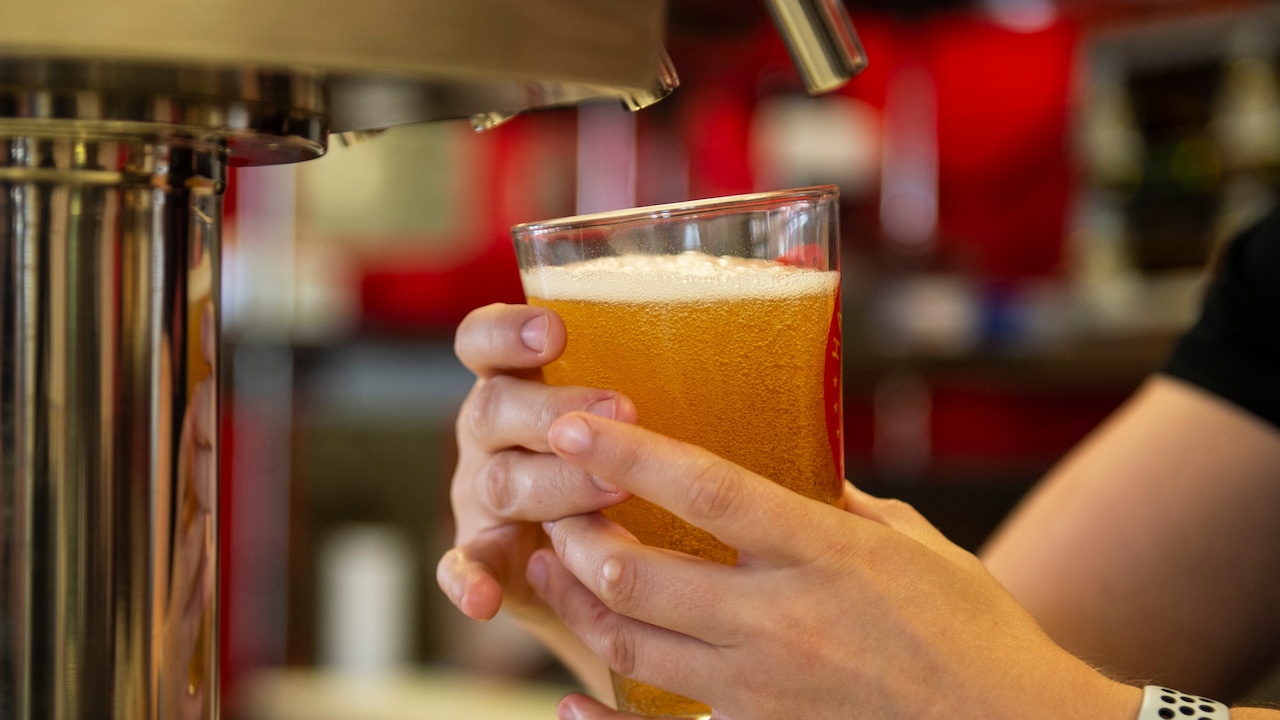Welcome to the world of Hops
If you’re a beer lover, then you have tasted the magic that is hops. The plant is responsible for giving beer its unique flavor and aroma. For years, the United States has been producing and exporting hop cones to breweries worldwide. But now, the country is experiencing a new trend, craft hop growing.
What is craft hop growing?
Craft hop growing is the cultivation of hops by small-scale farmers in the US. The practice emphasizes freshness and variety, two qualities that are crucial for producing high-quality beer. Craft hop growers often use organic and sustainable farming techniques, which in turn lead to better-tasting hops.
The rise of craft brewing
The craft brewing industry has been growing steadily over the past few years. More beer enthusiasts are opting for unique and innovative flavors, and craft breweries are stepping up to meet the demand. However, the lack of variety in hops has been a challenge for many craft brewers.
Large-scale hop production focuses on only a few varieties that are easy to grow and store. But, many craft brewers require exotic and flavorful hops that are not commonly available. This is where craft hop growing comes in, as small growers can take the risk of growing different varieties of hops, allowing for greater innovation and experimentation in the brewing process.
Why craft hop growing is important
Craft hop growing not only allows for more variety in beer flavors, but it also supports local farmers and promotes sustainability. Many craft hop growers sell their hops directly to local breweries, which strengthens the local economy and reduces carbon emissions associated with transportation. Additionally, since many craft hop growers use organic and sustainable farming practices, it helps to reduce the environmental impact of hop production.
The challenges of craft hop growing
Craft hop growing is not without its challenges. Small-scale farming is more labor-intensive and expensive than large-scale production. Also, hop plants require specific growing conditions, including planting in well-drained soil, abundant sunlight, and proper irrigation. Pests and diseases can also pose a threat to the crop, requiring constant monitoring and management.
The future of hops in the US
The future of hops in the US looks bright. As consumers demand more diverse beer flavors, the demand for craft hop growing will continue to rise. More farmers will likely start growing hops, and new varieties will be developed, resulting in a more vibrant and diverse brewery scene. The emphasis on sustainability and organic practices is also a positive development, as it promotes responsible agriculture practices and reduces the environmental impact of hop production.
Conclusion
Craft hop growing in the US is a new trend that is gaining traction in the craft brewing industry. The practice emphasizes freshness, variety, sustainability, and supports local farmers. While there are challenges to small-scale hop cultivation, the rewards are many, including a more diverse brewery scene and a lower environmental impact. As consumers continue to demand unique beer flavors, the future of craft hop growing in the US looks promising.






